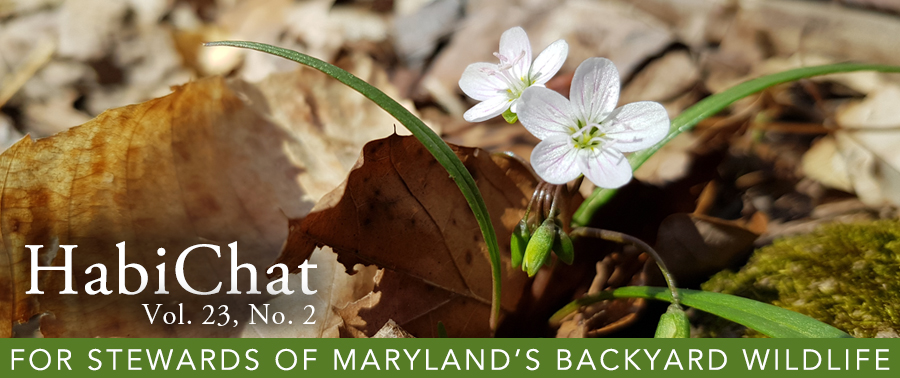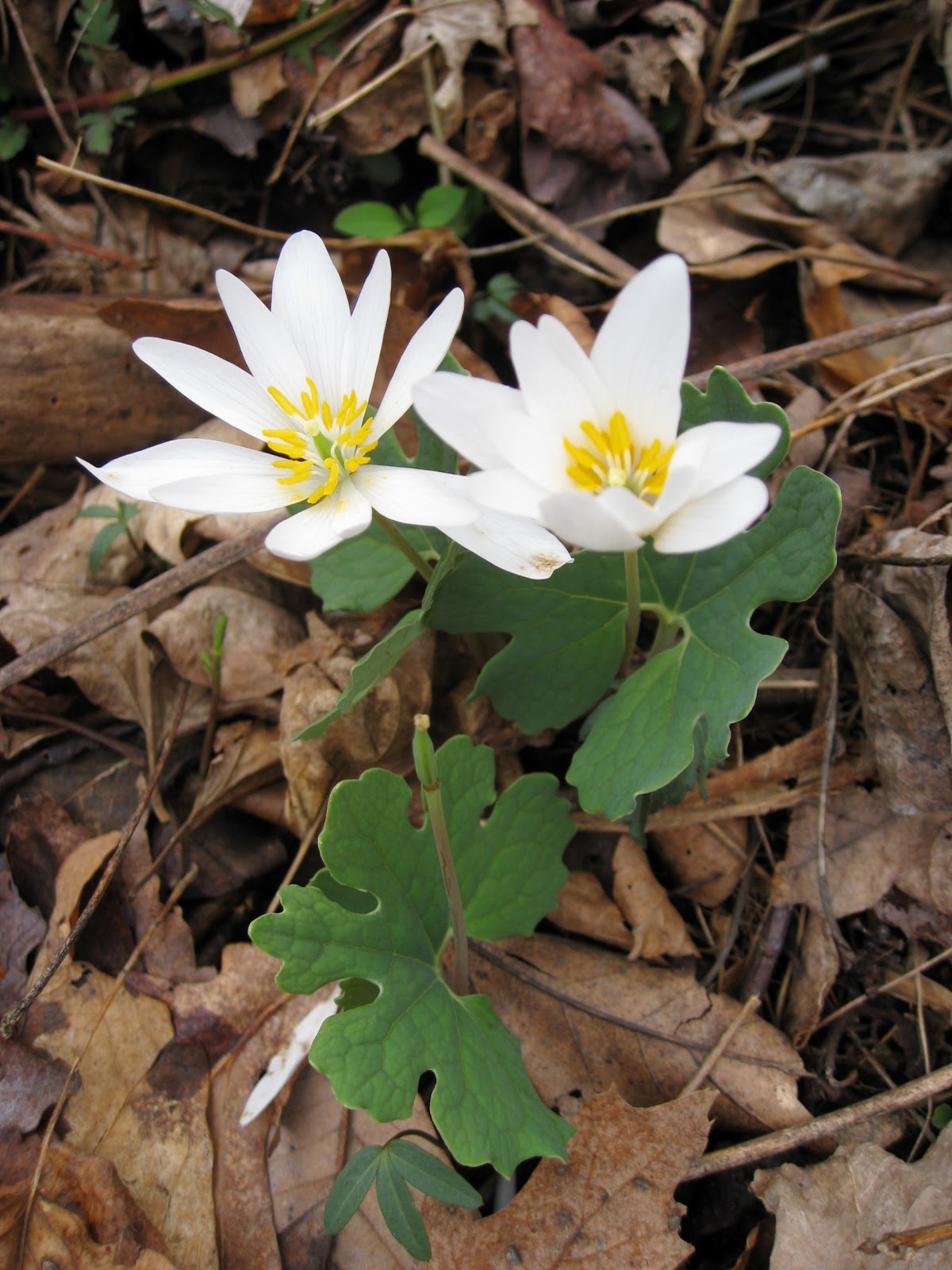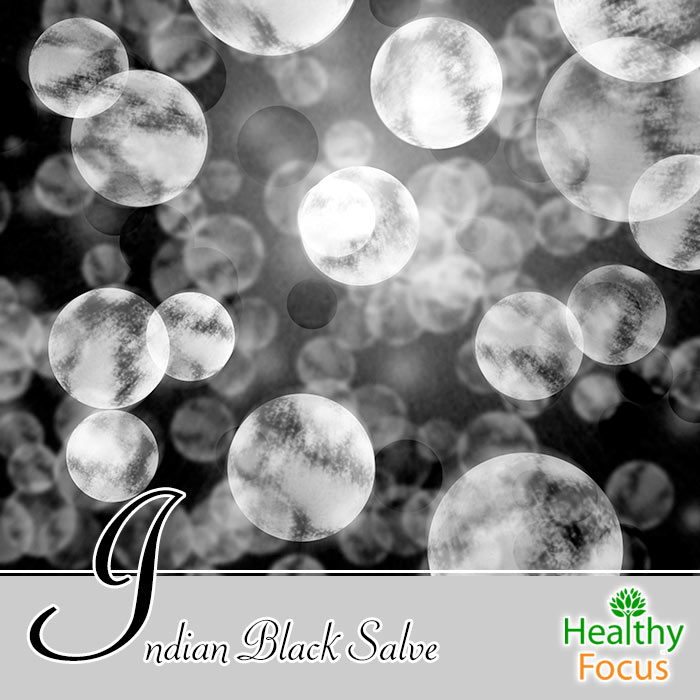Anwar movie song tose naina lage mp3 free download. Download Tose Naina Lage (Anwar) (PagalWorld.com) Mp3 Song by Kshitij Shilpa Rao in 190kbs & 320Kbps only on Pagalworld. From New Music Album 'October 2013'. Free Download or listen online - in HD High Quality Audio. Tose Naina Lage Mp3 Free Download Songs Pk Free Download Songs 12. Javeda Zindagi Tose Naina Lage Song: Download Javeda Zindagi Tose Naina Lage mp3 song from Anwar. Listen Javeda Zindagi Tose Naina Lage mp3 songs free online by Kshitij,Shilpa Rao. Download Javeda Zindagi Tose Naina Lage on Hungama Music app & get access to Anwar unlimited free songs, free movies, latest music videos, online radio, new TV shows and much more at Hungama. Tose Naina Lage Song: Download Tose Naina Lage mp3 song from Tose Naina Lage - Shilpa Rao. Listen Tose Naina Lage mp3 songs free online by Shilpa Rao. Download Tose Naina Lage on Hungama Music app & get access to Tose Naina Lage - Shilpa Rao unlimited free songs, free movies, latest music videos, online radio, new TV shows and much more at Hungama.
Bloodroot (Sanguinaria canadensis) is a flowering plant native to the eastern part of the United States and Canada. When cut, the root and budding rootstalk (called the rhizome ) secrete a red fluid that gives the plant its name.
Bloodroot (Sanguinaria canadensis) has a long history of use dating back to early Native Americans using it as a dye, emetic, wart, and tumor treatment.
Traditionally, herbalists have used it for treating conditions like warts, ringworm, fungal infections, and sore throats. More recently, bloodroot has gained recognition for its effectiveness in treating skin tags and cancer.
Bloodroot is an herb that is commonly found growing in southern areas of the United States. The alkaloids found in this herb are chelarythrine, protopine, and sanguinarine.
Sanguinarine is the most important of these alkaloids when bloodroot is being used as a cancer treatment.
Bloodroot In Hindi Movies
The herb Bloodroot (Sanguinaria canadanesis) is called so because of the reddish sap that oozes out of the root when broken.
- Nov 16, 2020 Learning how to grow bloodroot is not complicated, and once established in the landscape, bloodroot plant care is simple. Info and Facts About Bloodroot. Bloodroot plants are early spring bloomers and may be found growing wild in dappled sun in wooded areas, producing beautiful, solitary flowers.
- Bloodroot was prized for its root sap, an interesting exudate that remarkably resembles blood. The roots are made into washes, poultices, snuffs, dental powders, and escharotic salves, called red salve by Hoxsey, fixative paste by Dr. Frederic Mohs, black salve by some lay practitioners and Compound X or Indian Mud by others.

Neoplasene Bloodroot Pet Cancer Treatments
Our clinic uses Neoplasene, a bloodroot derivative, as a treatment for mast cell tumors.
Neoplasene is not 'bloodroot' per se, but is an isolate of some of the active ingredients in bloodroot.
It functions by causing cancer cells to die through the process of apoptosis.
Apoptosis is programmed cell death– the normal process of cells destroying themselves.
Cancer occurs when apoptosis doesn't occur often enough.
The lack of apoptosis causes the old, sick, and damaged cells to collect and become cancer.


Neoplasene compounds are available in topical, oral, and injectible form and are formulated from bloodroot extract, halogens and water.
Neoplasene is red in color when it is originally formulated, but then turns black as it ages.
Neoplasene compounds are most often used on carcinomas, sarcoids, and other malignant and/or viral tissue.
It is applied directly to tumors and growths then covered with coated gauze. After topical treatment it is recommended that the compounds be taken orally.

The following are some research documents that explain how Bloodroot (Neoplasene) works to treat cancer.
- Preferential Destruction of Cancerous Tissue
- Tips and Protocols for Successful Neoplasene Treatment
'Indian Mud' Bloodroot Cancer Treatments

Neoplasene Bloodroot Pet Cancer Treatments
Our clinic uses Neoplasene, a bloodroot derivative, as a treatment for mast cell tumors.
Neoplasene is not 'bloodroot' per se, but is an isolate of some of the active ingredients in bloodroot.
It functions by causing cancer cells to die through the process of apoptosis.
Apoptosis is programmed cell death– the normal process of cells destroying themselves.
Cancer occurs when apoptosis doesn't occur often enough.
The lack of apoptosis causes the old, sick, and damaged cells to collect and become cancer.
Neoplasene compounds are available in topical, oral, and injectible form and are formulated from bloodroot extract, halogens and water.
Neoplasene is red in color when it is originally formulated, but then turns black as it ages.
Neoplasene compounds are most often used on carcinomas, sarcoids, and other malignant and/or viral tissue.
It is applied directly to tumors and growths then covered with coated gauze. After topical treatment it is recommended that the compounds be taken orally.
The following are some research documents that explain how Bloodroot (Neoplasene) works to treat cancer.
- Preferential Destruction of Cancerous Tissue
- Tips and Protocols for Successful Neoplasene Treatment
'Indian Mud' Bloodroot Cancer Treatments
'Indian Mud' is a lay name for some of the various types of salves and pastes in which the main ingredient is bloodroot.
Some other names for these salves and pastes are Black Salves, Bloodroot Paste, Red Salves, Eschar Black Salves, and Compound X. The main ingredient in all of these salves and pastes is bloodroot, usually in combination with a caustic such as zinc chloride.
These types of cancer salves have a long history of use, dating back to the 1800's and were use to treat all types of skin cancers and breast cancer.
These salves are applied topically to tumors and will cause disintegration of the tumor. Application technique and recommendations vary depending upon the particular bloodroot/escharotic combination used.
Xxterra Bloodroot Pet Cancer Treatments
Xxterra is a herbal formulation made of bloodroot powder and Zinc chloride solution.
The two are combined and stirred until they become a smooth brown paste.
Acid pro serial key. Xxterra is used to treat skin tumors in horses.
The brown paste is applied to the tumor every day until swelling and a superficial wound appears. A scab will form, which is to be left alone to fall off.
Sometimes the Xxterra treatment will need to be repeated to totally eliminate the skin tumor.
Contraindications, Side Effects, and Interactions of Bloodroot Pet Cancer Treatments
Bloodroot pet cancer treatments should not be used during pregnancy because bloodroot has been shown to cause uterine contractions.
Bloodroot has been shown to cause corneal ulcers and should be kept away from the eyes.
Nausea has been a reported side effect of some bloodroot pet cancer treatments.
Sources:
- Vetline Equine
Bloodroot Herb Meaning In Hindi
Please note that the information in this article is not intended to replace the services of qualified health care professionals. We recommended seeing a licensed veterinarian to assist in the care of your pet when trying herbal remedies and cancer treatments.
Related Posts
| Clinical data | |
|---|---|
| ATC code | |
| Identifiers | |
| |
| CAS Number | |
| PubChemCID | |
| ChemSpider | |
| UNII | |
| ChEBI | |
| ChEMBL |
|
| CompTox Dashboard(EPA) | |
| ECHA InfoCard | |
| Chemical and physical data | |
| Formula | C20H14NO4 |
| Molar mass | 332.09 g·mol−1 |
| 3D model (JSmol) | |
| |
| |
| (what is this?)(verify) |
Sanguinarine is a toxic polycyclic ammonium ion. It is extracted from some plants, including the bloodroot plant, from whose taxonomic name, Sanguinaria canadensis, its name is drawn; the Mexican prickly poppy (Argemone mexicana),[1]Chelidonium majus, and Macleaya cordata.
Toxicity[edit]
Sanguinarine is a toxin that kills animal cells through its action on the Na+/K+-ATPase transmembrane protein.[2]Epidemic dropsy is a disease that results from ingesting sanguinarine.[3] Vray sketchup for mac.
Bloodroot In Hindi Dubbed
If applied to the skin, sanguinarine may cause a massive scab of dead flesh where it killed the cells where it was applied, called an eschar. For this reason, sanguinarine is termed an escharotic.[4]
Alternative medicine[edit]
Native Americans once used sanguinarine in the form of bloodroot as a medical remedy, believing it had curative properties as an emetic, respiratory aid, and for a variety of ailments.[5] In Colonial America, sanguinarine from bloodroot was used as a wart remedy. Later, in 1869, William Cook's The Physiomedical Dispensatory included information on the preparation and uses of sanguinarine.[6] During the 1920s and 1930s, sanguinarine was the chief component of 'Pinkard's Sanguinaria Compound,' a drug sold by Dr. John Henry Pinkard. Pinkard advertised the compound as 'a treatment, remedy, and cure for pneumonia, coughs, weak lungs, asthma, kidney, liver, bladder, or any stomach troubles, and effective as a great blood and nerve tonic.' In 1931, several samples of the compound were seized by federal officials who determined Pinkard's claims to be fraudulent. Pinkard pleaded guilty in court and accepted a fine of $25.00.[7]
More recently, sanguinarine from bloodroot has been promoted by many alternative medicine companies as a treatment or cure for cancer; however, the U.S. Food and Drug Administration warns that products containing bloodroot, or other sanguinarine-based plants, have no proven anti-cancer effects, and that they should be avoided on those grounds.[8] Indeed, oral use of such products has been associated with oral leukoplakia, a possible precursor of oral cancer.[9] In addition, the escharotic form of sanguinarine, applied to the skin for skin cancers, may leave cancerous cells alive in the skin while creating a significant scar. For this reason it is not recommended as a skin cancer treatment.[10][11]
Bloodroot In Hindi Translation
Biosynthesis[edit]
In plants, sanguinarine biosynthesis begins with 4-hydroxyphenyl-acetaldehyde and dopamine. These two compounds are combined to form norcoclaurine. Next, methyl groups are added to form N-methylcoclaurine. The enzyme CYP80B1 subsequently adds a hydroxyl group, forming 3'-hydroxy-N-methylcoclaurine. The addition of another methyl group transforms this compound into reticuline.
Notably, biosynthesis of sanguinarine up to this point is virtually identical to that of morphine. However, instead of being converted to codeinone (as in the biosynthesis of morphine), reticuline is converted to scoulerine via berberine bridge enzyme (BBE). As such, this is the commitment step in the sanguinarine pathway.[12] Although it is unknown exactly how scoulerine proceeds down the biosynthetic pathway, it is eventually converted to dihydrosanguinarine. The precursor to sanguinarine, dihydrosanguinarine is converted to the final toxin via the action of dihydrobenzophenanthridine oxidase.[13]
See also[edit]
Bloodroot In Hindi Subtitles
- Berberine, a plant-derived compound having a chemical classification similar to that of sanguinarine.
References[edit]
- ^Santos AC, Adkilen P (1932). 'The Alkaloids of Argemone Mexicana'. Journal of the American Chemical Society. 54 (7): 2923–2924. doi:10.1021/ja01346a037.
- ^Pitts BJ, Meyerson LR (1981). 'Inhibition of Na,K-ATPase Activity and Ouabain Binding by Sanguinarine'. Drug Development Research. 1 (1): 43–49. doi:10.1002/ddr.430010105. S2CID84619967.
- ^Das M, Khanna SK (May 1997). 'Clinicoepidemiological, toxicological, and safety evaluation studies on argemone oil'. Critical Reviews in Toxicology. 27 (3): 273–97. doi:10.3109/10408449709089896. PMID9189656.
- ^Cienki JJ, Zaret L (October 2010). 'An Internet misadventure: bloodroot salve toxicity'. Journal of Alternative and Complementary Medicine. 16 (10): 1125–7. doi:10.1089/acm.2010.0140. PMID20932193.
- ^'BRIT - Native American Ethnobotany Database'. herb.umd.umich.edu. Retrieved 2017-05-07.
- ^'Sanguinaria Canadensis. Blood root, Red puccoon, Red turmeric. | Henriette's Herbal Homepage'. www.henriettesherbal.com. Retrieved 2017-05-07.
- ^'FDA Notices of Judgment Collection, 1908-1966'. ceb.nlm.nih.gov. Retrieved 2017-05-07.
- ^Center for Drug Evaluation and Research. 'Enforcement Activities by FDA - 187 Fake Cancer'. www.fda.gov. Archived from the original on 2017-07-23. Retrieved 2017-05-07.
- ^W., Neville, Brad (2002-01-01). Oral & maxillofacial pathology. W.B. Saunders. ISBN0721690033. OCLC899021983.
- ^Sivyer GW, Rosendahl C (July 2014). 'Application of black salve to a thin melanoma that subsequently progressed to metastatic melanoma: a case study'. Dermatology Practical & Conceptual. 4 (3): 77–80. doi:10.5826/dpc.0403a16. PMC4132006. PMID25126466.
- ^'Beware of black salve | American Academy of Dermatology'. www.aad.org. Retrieved 2018-07-02.
- ^ abAlcantara J, Bird DA, Franceschi VR, Facchini PJ (May 2005). 'Sanguinarine biosynthesis is associated with the endoplasmic reticulum in cultured opium poppy cells after elicitor treatment'. Plant Physiology. 138 (1): 173–83. doi:10.1104/pp.105.059287. PMC1104173. PMID15849302.
- ^'Chelirubine, Macarpine, and Sanguinarine Biosynthesis'. Recommendations on Biochemical & Organic Nomenclature, Symbols & Terminology etc. International Union of Biochemistry and Molecular Biology.
